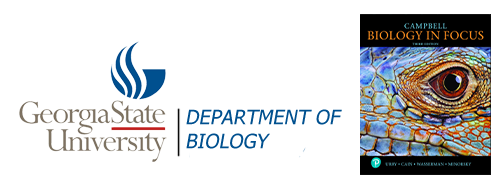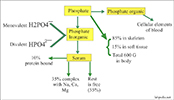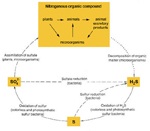- Home
Welcome !
Welcome to john houghton's home page for his biology courses. This site is designed as a hub for curating and sharing lectures, course syllabi, assignments, and links to relevant resources. Use the menu bar at the top of the screen to navigate through the site.
(Please note: this page is currently under construction.)

- BIOL 2107
Fall '23 CRN86772
Lectures: (1)
- Courses
BIOL 2107 Principles of Biology I
- Resources
General Resources
What, if any, have been the take-home messages of the past 3 weeks?
The ideas around some of the complexities of Life.
The notion of how to address these complexities through Scientific Methodology -identifying approriate use of scientific jargon.
Understanding of what a theory is? -one in particular being Evolution.
An understanding of the evidence that we have... the Fossil records: how we look at these objectively, subjectively?
How we "catagorize/organize" all forms of living forms in to species etc., and how these classifications are brought about using Scientific Methodology, wherever possible.
A preliminary appreciation of the "forces of Evolution", how they work on populations of organisms, and ultimately what these forces actually work on...
The Genetic Toolkit (movie: PBS Evolution).
In addition, how potentially complex structures, such as wings, can develop from more simple structures, or from components of structure that may have been adapted for other purposes.....
"Nature [appears to be] an excellent tinkerer, not a divine artificer"
François Jacob



This idea potentially applies to even more complex structures, for which the final purpose appears to necessite the involvement of some understanding of the final product and some "directed" changes,...Evolution of the Eye (movie PBS Evolution).
Even with such an appreciation of similarities and differences -along with potential variables of genetic differences within given populations- the fundamental concepts that I have been trying to get across to you assume that any given species is essentially a "relatively" stable pool of inherent variability (alleles) that is able to acquire new traits through gene flow and lose or gain other attributes or traits (more often than not) through "random" loss/acquisition......which we call...?
While this may seem complex enough, it really is an overly simplistic appreciation of "species" and "populations". There are many, many more additional layers of complexity, some subtle and some not so subtle.
Very often these populations compete for resources and/or are interconnected with other species in a variety of different ways -one of the the moreo understand being the interaction of
Predators and their prey (movie: PBS Evolution).
Predator–prey
interactions change, and even provide changes -over evolutionary time.
How come? Because predators are agents of natural selection and mortality since they do not
capture their individual prey randomly. Therefore, prey species have evolved
many adaptations to make them more difficult to capture and consume.
Toxic hairs, tough spines, and noxious chemicals are some examples of defensive adaptations.
Camouflage, or even Mimicry are both evolved defense mechanisms, ultimately brought about to thwart the actions of predators:
Batesian mimicry occurs when a non-aggressive species mimics the look of a more aggressive and dangerous one, or a more palatable species mimics an unpalatable or noxious one.
Directional selection: which potentially causes unpalatable species to evolve away from their mimics. This happens because unpalatable individuals that look least like the "average" predator and the mimic will be preyed on more than the ones the mimics more closely resembles.
Predators may in turn evolve more effective means of overcoming prey defences.
Species that mutually influence one another's evolution are said to have co-evolved
Toxic Newts. (movie: PBS Evolution)
In diffuse evolution, species traits are influenced by interactions with a wide variety of predators, parasites, prey, or mutualists.
Populations are, therefore, dependent upon their environment -their Ecology, but there are aso inherent variables within given population that we have not yet addressed, and which might differ from poulation to popuation.
Other factors also effect evolutionary chang, such as:
a) population density (Individuals in a population may have uniform, random, or clumped distributions)
b) Births and Deaths: Births, deaths, immigration, and emigration drive changes in population density and distribution.
N = N0 + B - D + I + E.
We can go one step further. We can analyze a cohort (or a "sub group" of a population), defined by some determination such as.... Age.
Furthermore, ecologists, also analyze a category called survivorship, to appreciate how the various individuals within a cohort survive in the environment. For some, survival is uniform throughout the the =different ages within the population. For other populations it is far from it.
c) Age distribution within a population, which reveals the recent history of births and deaths. Timing of these may influence age distributions for many years.
d) Population growth rate "r" = average number of births / average number of deaths x N (the number in the population).
Theoretically, the trend for a population growth -unfettered by the environment is logarithmic, but when constrained by the environment population growth can vary depending upon many inherent factors; the type of organism and it's lifestyle under investigation.
However, many other external factors must come in to play, giving rise to the more sigmoidal curve, which defines a maxima,"K" or "carrying capacity" for that particular population.
When the number in the population = maximum or the carring capacity, population growth effectively stops.
Population numbers are essentially regulated in response to population density, for a variety of reasons such as predation, food supply and or potential spread od diseases.
Consequently, even though in the short term, catastophes may effect a populations size.... in the long term (assuming some in the population survives), the population's density ought to recover towards, what is termed a density equilibrium.
Because we humans have opted out of the selective process our population curve is still exploding in an exponential manner.
But this brings about its own hazards, -but more of real ecology, in-depth, in Biol2018.
How many kingdoms are there?
Eubacteria, Protists, Fungi, Plants, and Animals......
....more properly fitting in to the classification of domains.?

Carl Woese's view on Taxonomy....
Prokaryotes have no nucleus or other membrane-bounded compartments.




Prokaryotes -in some text books- are considerd to lack any distinct organelle structures, although some do have invaginous membrane structures, as well as the all important plasma membrane.
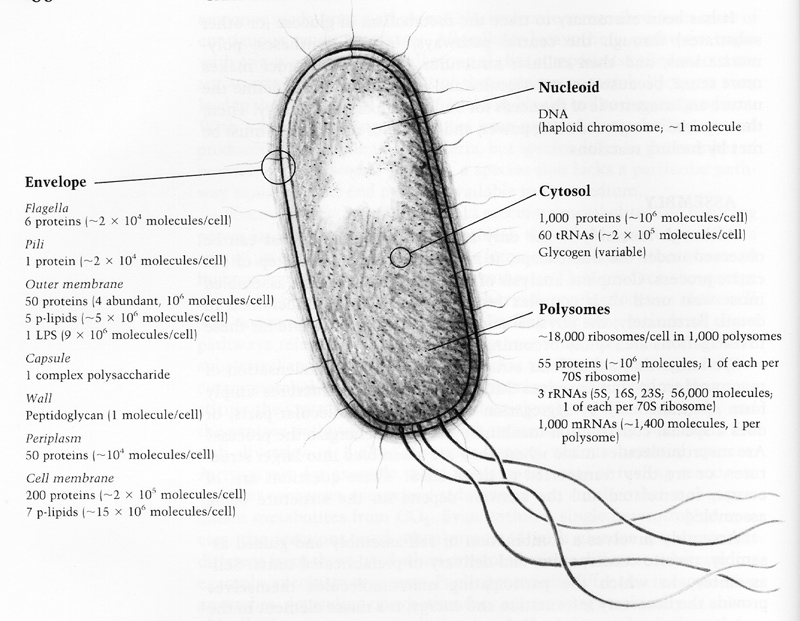
They do have multiple cellular organizational plans, but based upon simplicity of function...
The prokaryotic cells grow in size, replicate their DNA, and divide into two new, daughte cells.
Escherichia coli (the "model" bacterium) simply divides as quickly as resources permit. At 37oC, this is about once every 40 -45minutes. When resources are abundant, E. coli can divide every 20 minutes through binary fission.
Precursors ----------> biosynthesis... Biochemistry



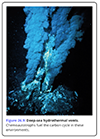
Nitrogenous compounds -------> NH3+ ----> NO2- -------> NO3- -------> N2 or --->
Phosphorus ?
Sulphur containing compounds -------> H2S -------> S -------> SO4-2 -------> H2S
Ca+2, Al+3 and Fe+3 Cu +2/+3 Zn+3/+5
etc.
So, having -hopefully- established the importance of bacteria to you and your world, how do we begin to understand them? We do what we do with everything that is around us, we "pidgeon hole" them, that is to say we "categorize" them based upon specific criterea of "overt" similarities.
While we will not overdo the taxonomic aspects of the microbial world in this series of lectures, we will begin to adhere to some of the tenets and vocabulary that have been established.



Genetic Nomenclature: italic, when to Use italics and Capitals, (and WHEn noT). Also, "+" and "-" usage). Auxotrophs vs. prototrophs..... vs. Chemotrophs?.
Perspectives: As we go through this series of lectures, a recurring theme throughout will be...
"how the perspectives that we adopt, shape our appreciation of the subject matter at hand".
Appreciation of any particular characteristic of an organism; size, structure/ function, genetics, metabolic capacities, all too often dictates or skews our perspective on the outcome of any question that we may ask about them.
Let's take size.



Havinge suggested the importance of "perspective", one of the more important tools that allows us, as scientists, to understand our world is the definition of a "bench mark" or "model organism", i.e. the one that we hold up to exemplify the members of our defined "pidgeon hole", and thus try to understand any given characteristic that they might possess. In the prokaryotic world, the default bench mark, more often than not, is Escherichia coli

Owing to the extensive work undertaken on, and with, this prime example of a Gram negative (-ve) enteric bacterium, this is THE Model system for analyzing prokaryotic systems for any number of molecular biological/biochemical/metabolic angles or perspectives you wish to choose.
Genetic adaptation: In addition to the larger variations between overtly different bacterial survival "strategies", even small changes in these strategies among similar species or genera of bacteria can often result in rather diverse gene complements within their respective genomes.
Despite some of these overt structural, genetic and functional differences that have allowed each to adopt a slightly different approach to survival..... there are some inherant, fundamental similarities. Such fundamentals include specific aspects of their genetic makeup: the central dogma. They can also include specific refinements in how they all control expression of their genes. Such refinements are not only in the classic mode of response regulation, but also include a developing complexity of "temporal" gene expression.
Yes, bacteria do have life cycles,, and, therefore, do need to coordinate expression of their genes accordingly. They can transfer DNA from one bacterium to the next....via conjugation, transformation and transduction (phage).
Moreover, contrary to the Websters' Dictionary definition they can also be multicellular.
Fundamentals of Life......and classification.
Since all living cells are, in effect,"mortal", cell reproduction or replacement is a universal parameter of living organisms.
All reproduction involves reproduction signals, DNA replication, segregation of DNA, and cytokinesis.
Prokaryotes divide by simple fission - fission.
Cytokinesis, or cell partitioning, begins approximately 20 minutes after the circular chromosome duplication is completed.
A pinching of the plasma membrane to form a constricting ring initiates the separation of the the one cell into two, each with a complete chromosome. A tubulin-like fiber is involved in this purse-string constriction.
Gram -ve vs. Gram +ves.

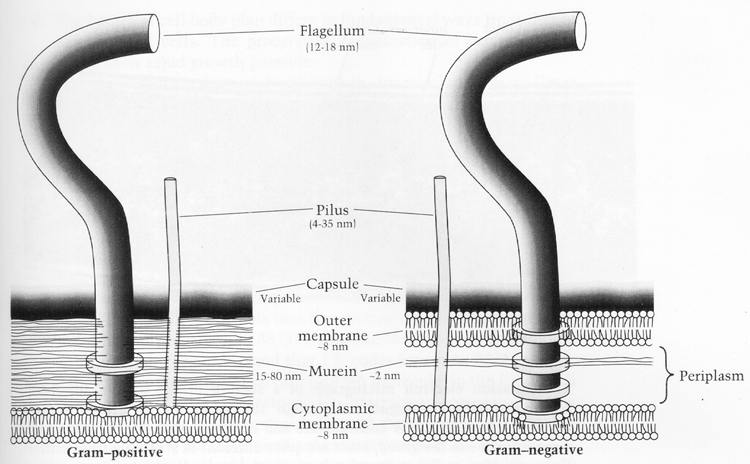
.thmb.jpg)
.thmb.jpg)
Bacterial Genetics.
What is the "Central Dogma" and how does it apply to prokaryotes?

Prokaryotes generally have just one circular chromosome.
The E. coli chromosome is ~1.6 x10-4 meters in diameter, making the unfolded circle 100 times greater than the size of the cell.
The singular molecule is packaged by folding in on itself with the aid of basic proteins that associate with the acidic DNA.
What is the function of this DNA?
The "Central Dogma" and how it applies to Eukaryotes?

While the central dogma is essentially the same for eukarotes, as for prokaryotes, the far more complex cellular plan of eukaryotic cells promotes the idea of compartmentalization, resulting in the formation of membrane-bound organelles within each cellular unit, this in addition to the one "defining" organelle, the nucleus. See also subsequent lectures on "Cell structure".
Fundamental Differences between PROkaryotes and EUkaryotes.
Such compartmentalization dramatically enhances the organization of eukaryotic organisms, allowing them the cellular structure to grow much larger than most prokaryotic cells. Such organization, however, presents some major barriers to important cellular functions, like cell division, that need to be overcome, and necessitate a complete reorganization of the process of cellular reproduction.
Systems of Cell Reproduction:
Four events need to occur before any given cell can undertake cell division.
A signal to "reproduce" must be received.
Replication of DNA and dupication (multiplication) of vital cell components must occur.
DNA must be distributed in to the new cells.
The cell membrane begins to separate and ultimately divide (along with a new cell wall in some organisms) into two new daughter cells.
How this process is brought about is well understood by biologists, but the precise signal(s) and ordered activities within the overall process are still the subject of intense research.
Prokaryotic cells divide by binary fission.
Eukaryotic cells divide by mitosis or meiosis

About Contact GSU Academics Degrees & Majors |
Admissions Undergraduate Research Dept. of Biology |
Libraries University Library Campus Life Housing |
Athletics Alumni
|

|
